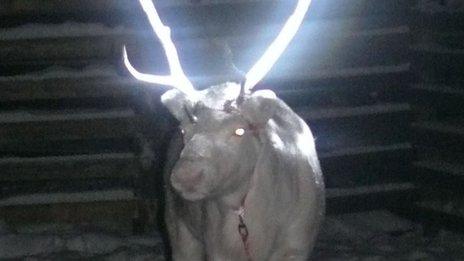Dartmoor ponies trial: Reflective paint put on animals
- Published
Conservationists said the reflective paint was "very visible" despite "horrendous weather" on the moor
Reflective paint, which could "save hundreds" of animals from being killed by vehicles, has been put on ponies after a trial was deemed a success.
In September, blue paint was used on a sample of privately-owned Dartmoor ponies to test its durability.
Conservationists said it had remained on the animals, and reflective beads that create an "alien glow" had since been added.
They said 74 animals have been killed so far this year on Dartmoor's roads.
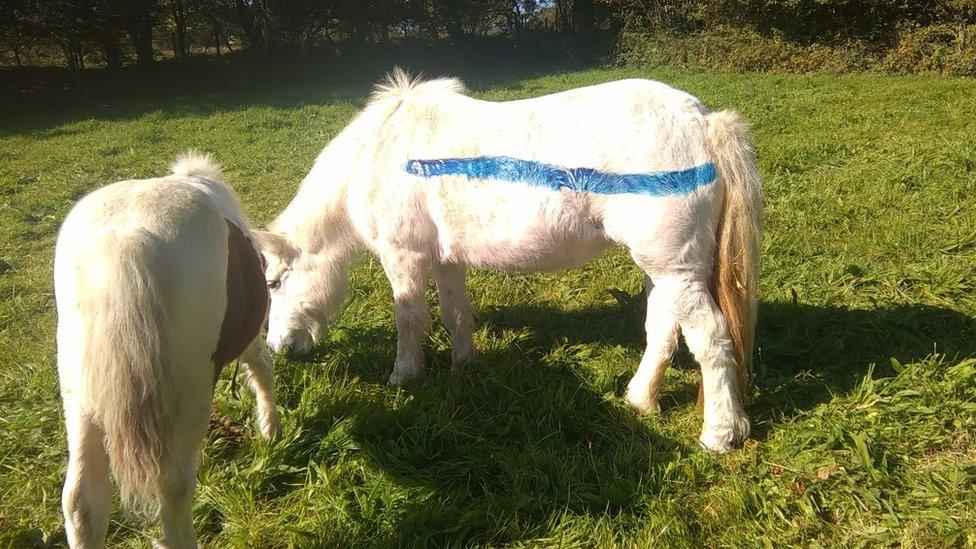
In September, blue paint was placed on privately-owned ponies to test its durabliity
Karla McKechnie, livestock protection officer for the Dartmoor Livestock Protection Society (DLPS), said: "The reflective element is very bright and despite the horrendous weather it's very visible.
"We'll now monitor how long it remains on the animals, and the company behind the paint is trying to see whether it can create an even brighter and more durable version."
Ms McKechnie said following the success, the plan was to paint moorland livestock ahead of Dartmoor's annual pony round-up and sale, known as the drift, which is held each autumn.
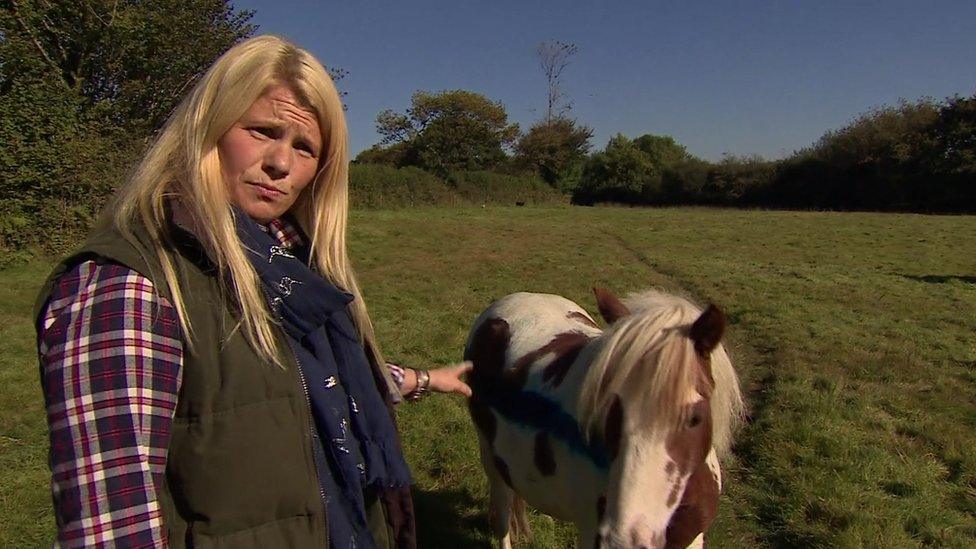
Karla McKechnie said 74 animals had been killed so far this year on Dartmoor's roads
"She told BBC News: "In the coming months we might try the reflective paint on privately-owned cattle too.
"The moor is a working landscape and the animals are the priority," she added.
Rob Steemson, Dartmoor National Park's head ranger, said: "The authority is pleased to hear the trial is progressing well and we continue to fully support the project to reduce the number of road deaths in conjunction with educational messages for motorists using Dartmoor's roads."

Dartmoor ponies
Ponies on Dartmoor are not truly wild animals and are owned by farmers who let them out on to the commons to graze for most of the year
The pure-bred Dartmoor Pony is seldom seen on the commons because they are too valuable to be left out and to prevent uncontrolled breeding with non-registered animals
Numbers have dropped from about 30,000 in 1950 to about 1,500.
The first written record of ponies on Dartmoor occurs in 1012, with a reference to the 'wild horses' of Ashburton, owned by the Bishop of Crediton
Source: Dartmoor National Park Authority/BBC News

- Published2 October 2015
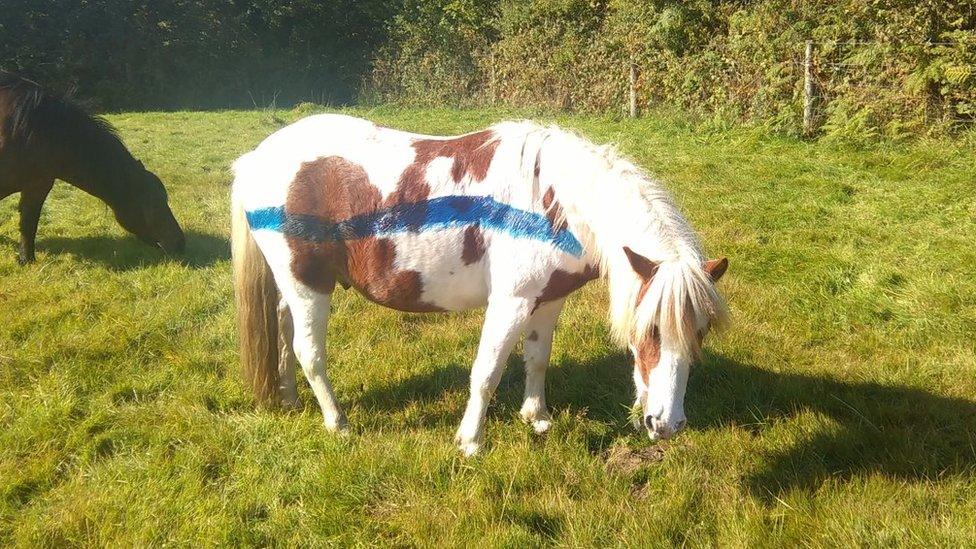
- Published23 October 2015
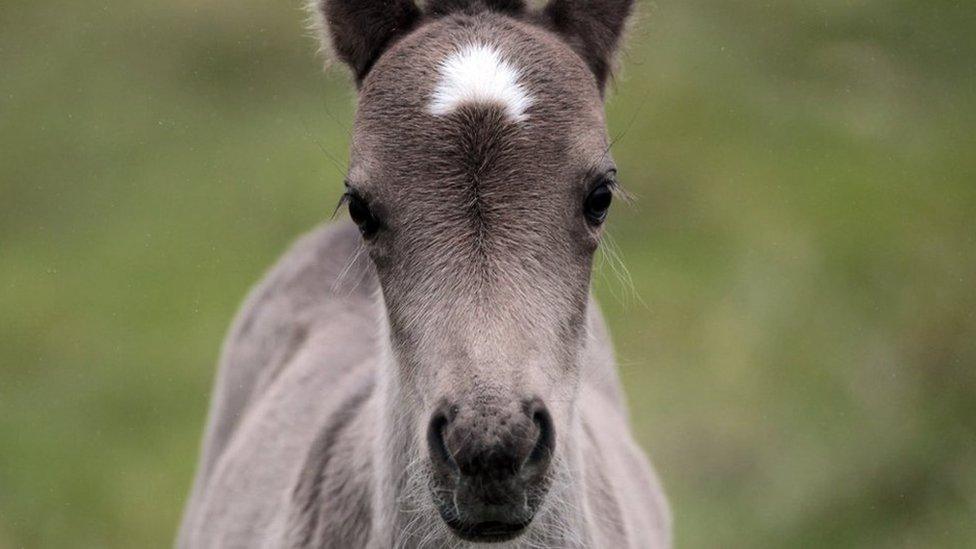
- Published9 December 2014
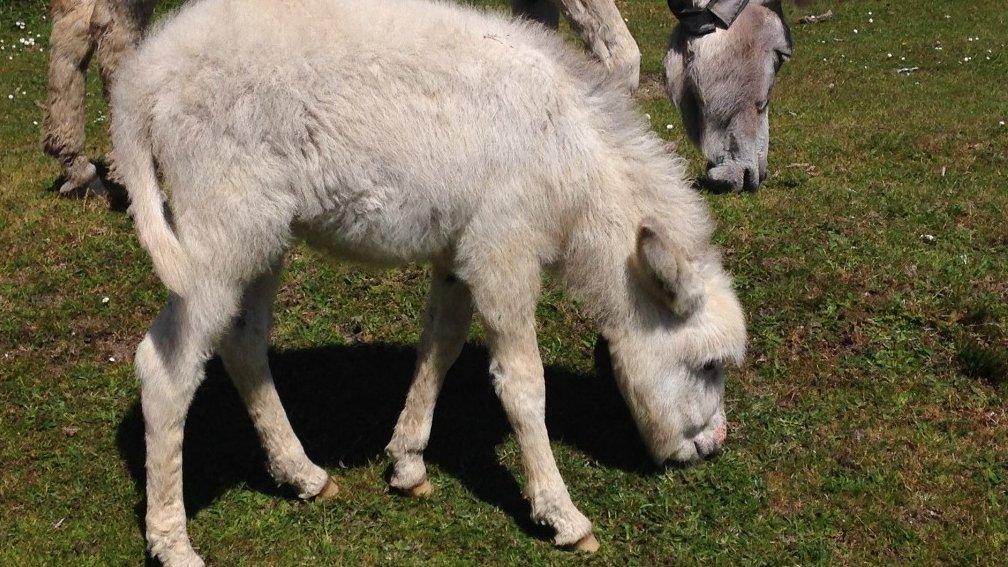
- Published18 February 2014
